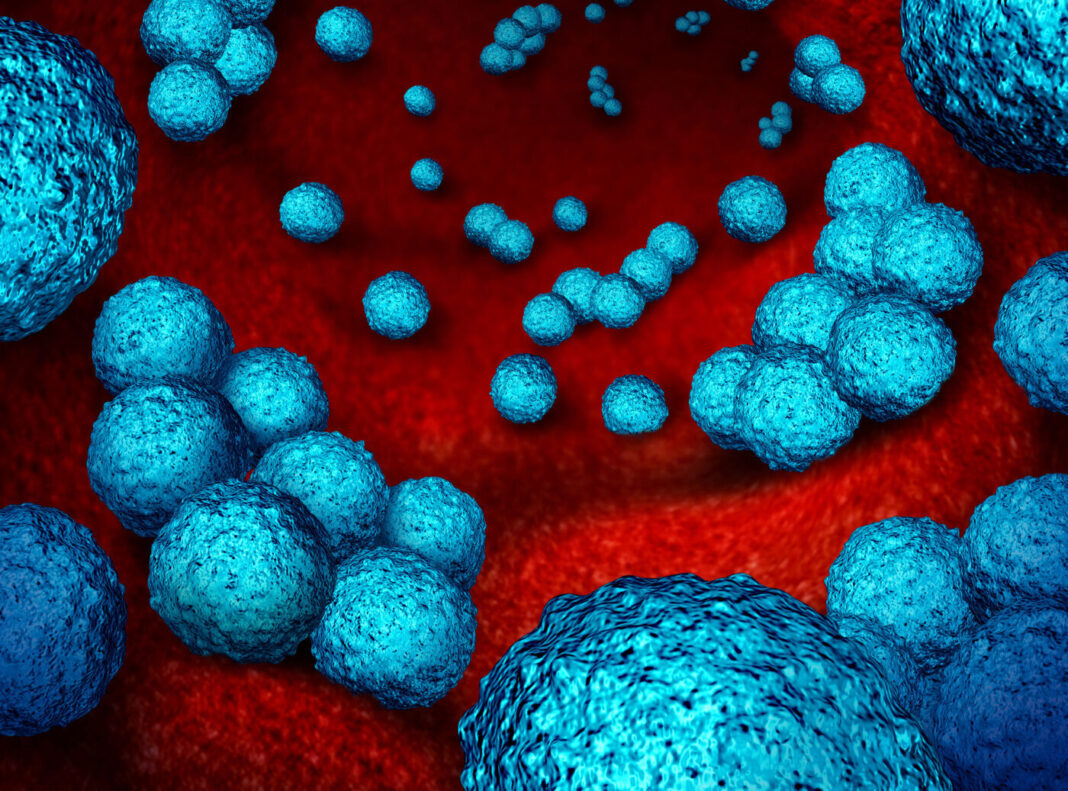Antibiotic-resistant genes (ARGs) that were first detected in urban India have been found 8,000 miles away in one of the last pristine places on earth, reported a new study (“Understanding drivers of antibiotic resistance genes in High Arctic soil ecosystems”) published in Environmental International.
Soil samples taken in the Kongsfjorden region of Svalbard have now confirmed the spread of blaNDM-1 into the High Arctic, an ARG originally found in Indian clinical settings, which conditionally provides multidrug resistance (MDR) in microorganisms.

Worldwide spread of blaNDM-1 and other MDR genes is a growing concern because they often target last resort classes of antibiotics, including Carbapenems.
Carried in the gut of animals and people, the research team, led by Newcastle University’s David Graham, PhD, says that blaNDM-1 and other medically-important ARGs were found in Arctic soils that were likely spread in the fecal matter of birds, other wildlife, and human visitors to the area.
“Polar regions are among the last presumed pristine ecosystems on Earth, providing a platform for characterizing pre-antibiotic era background resistance against which we could understand rates of progression of AR ‘pollution’,” said Graham, an environmental engineer at Newcastle University who has spent 15 years studying the environmental transmission of antibiotic resistance around the world. “But less than three years after the first detection of the blaNDM-1 gene in the surface waters of urban India we are finding them thousands of miles away in an area where there has been minimal human impact.
“Encroachment into areas like the Arctic reinforces how rapid and far-reaching the spread of antibiotic resistance has become, confirming solutions to AR must be viewed in global rather than just local terms.”
Increasing antibiotic resistance is a global health crisis. An example is NDM-1, which is a protein that can confer resistance in a range of bacteria. NDM-1 was first identified in New Delhi and coded by the resistant gene blaNDM-1. Strains that carry blaNDM-1 were first found in clinical settings in 2008, but by 2010 blaNDM-1 was found in surface waters in Delhi. Since then, the resistant gene has been found in over 100 countries, including new variants.
There are currently few antibiotics to combat bacteria that are resistant to Carbapenems and worldwide spread of blaNDM-1 and related ARGs is a concern.
“What humans have done through excess use of antibiotics on global scales is accelerate the rate of evolution, creating a new world of resistant strains that never existed before,” explained Graham. “Through the overuse of antibiotics, fecal releases, and contamination of drinking water, we have consequentially speeded-up the rate at which superbugs might evolve.
“For example, when a new drug is developed, natural bacteria can rapidly adapt and can become resistant; therefore very few new drugs are in the pipeline because it simply isn’t cost-effective to make them.”
This latest research was carried out by an international team of experts from the Universities of Newcastle, York, and Kansas, and the Chinese Academy of Science in Xiamen, and was funded by the U.K. Natural Environmental Research Council and other agencies. Analyzing the extracted DNA from forty soil cores at eight locations along Kongsfjorden, a total of 131 ARGs were detected.
“The resistance genes detected were associated with nine major antibiotic classes, including aminoglycosides, macrolides, and β-lactams, which are used to treat many infections. As an example, a gene that confers MDR in Tuberculosis was found in all cores, whereas blaNDM-1 was detected in more than 60% of the soil cores in the study,” continued Graham. “This finding has huge implications for global AR spread. A clinically important ARG originating from South Asia is clearly not “local” to the Arctic.
“Identifying an ARG ‘gradient’ across the study landscape, which varies as a function of human and wildlife impact, shows there are still isolated Polar locations where ARG levels are so low they might provide nature’s baseline of antimicrobial resistance.”
“The gradient of resistance genes closely reflects corresponding indicators of wastes in the geochemistry, which suggests a novel basis for identifying sites for further AMR research,” added lead author, Clare McCann, PhD, a research associate at Newcastle University. “The only way we are going to win this fight is to understand all pathways that lead to antibiotic resistance.
“Clearly, improved antibiotic stewardship in medicine and agriculture is crucial, but understanding how resistance transmission occurs through water and soils is also critical. We contend that improved waste management and water quality on a global scale is a key step.”




